In the automobile space, few topics spark as much debate and curiosity as depreciation—the inevitable decline in a car’s value over time. While it’s a fact of life for every vehicle owner, depreciation varies widely depending on the make, model, market trends, and even broader economic factors.
For some cars, the passage of time only seems to enhance their desirability, turning them into prized classics or reliable gems whose value can actually appreciate or at least hold steady. Conversely, other cars experience rapid value erosion from the moment they roll off the showroom floor, leaving their owners with steep financial losses. Understanding which cars fall into these two very different categories can be invaluable for buyers, sellers, and enthusiasts alike.
The allure of cars that get better with age lies in their ability to defy the usual depreciation curve. These vehicles often boast timeless design, mechanical simplicity, or a cult-like following that keeps demand high years after production ends.
Whether it’s a classic muscle car whose roaring engine never goes out of style or a well-engineered luxury sedan known for bulletproof reliability, these cars maintain their appeal and often become increasingly rare on the road.
This scarcity, paired with enthusiastic buyer interest helps preserve or even increase their market value over time. For anyone considering a car purchase as an investment or a long-term ownership experience, knowing which models age gracefully can save thousands of dollars and ensure a more satisfying ownership journey.
On the flip side, cars that are instant depreciation machines present a stark contrast. These vehicles are often plagued by a combination of factors such as poor reliability, rapid technological obsolescence, weak brand reputation, or simply falling out of favor with shifting consumer tastes.
For these models, the depreciation starts aggressively from day one, sometimes wiping out nearly half of the vehicle’s value in just a few years. Owning such a car can be financially painful, especially if resale value is a priority or if the cost of repairs rises as the car ages.
While some buyers may overlook depreciation for reasons like style or performance, the long-term financial impact often cannot be ignored.
This article delves into both sides of the depreciation spectrum by examining five cars that uniquely improve with age and five that are notorious for instant value loss. The selection covers a broad range of vehicle types and brands, from iconic classics and rugged off-roaders to tech-laden luxury sedans and electric vehicles.
By exploring the underlying reasons behind each vehicle’s value trajectory, readers will gain insights into the complex interplay of design, engineering, market dynamics, and consumer preferences that shape depreciation patterns.
The cars that get better with age illustrate how quality craftsmanship, brand heritage, and enthusiast support can transform an ordinary automobile into a treasured asset. These vehicles often embody a blend of timeless style, robust mechanical components, and driving experiences that remain engaging even decades after their debut. They show how the right combination of factors can create cars that are more than just transportation—they become statements of culture, history, and passion.
Conversely, the cars that depreciate rapidly offer cautionary tales about what can go wrong. Whether it’s technology that ages too fast, mechanical flaws, or brand missteps, these cars reveal the risks buyers face when choosing vehicles without a strong resale foundation. They highlight how the automotive market is unforgiving to models that fail to keep up with evolving standards or that suffer from poor reputations.
Ultimately, the goal of this article is to empower readers with knowledge—whether you’re a buyer hoping to make a smart investment, a car enthusiast curious about automotive value trends, or someone simply wanting to understand why some cars hold their value better than others.
Depreciation is complex and multifaceted, but by breaking it down into tangible examples, this exploration offers a clearer roadmap to navigating the automotive market wisely. With the right insights, you can choose a car that either stands the test of time or at least avoid those that don’t.
Also Read: 5 Cars With the Most Ergonomic Pedals and 5 Clumsy Layouts
5 Cars That Get Better With Age
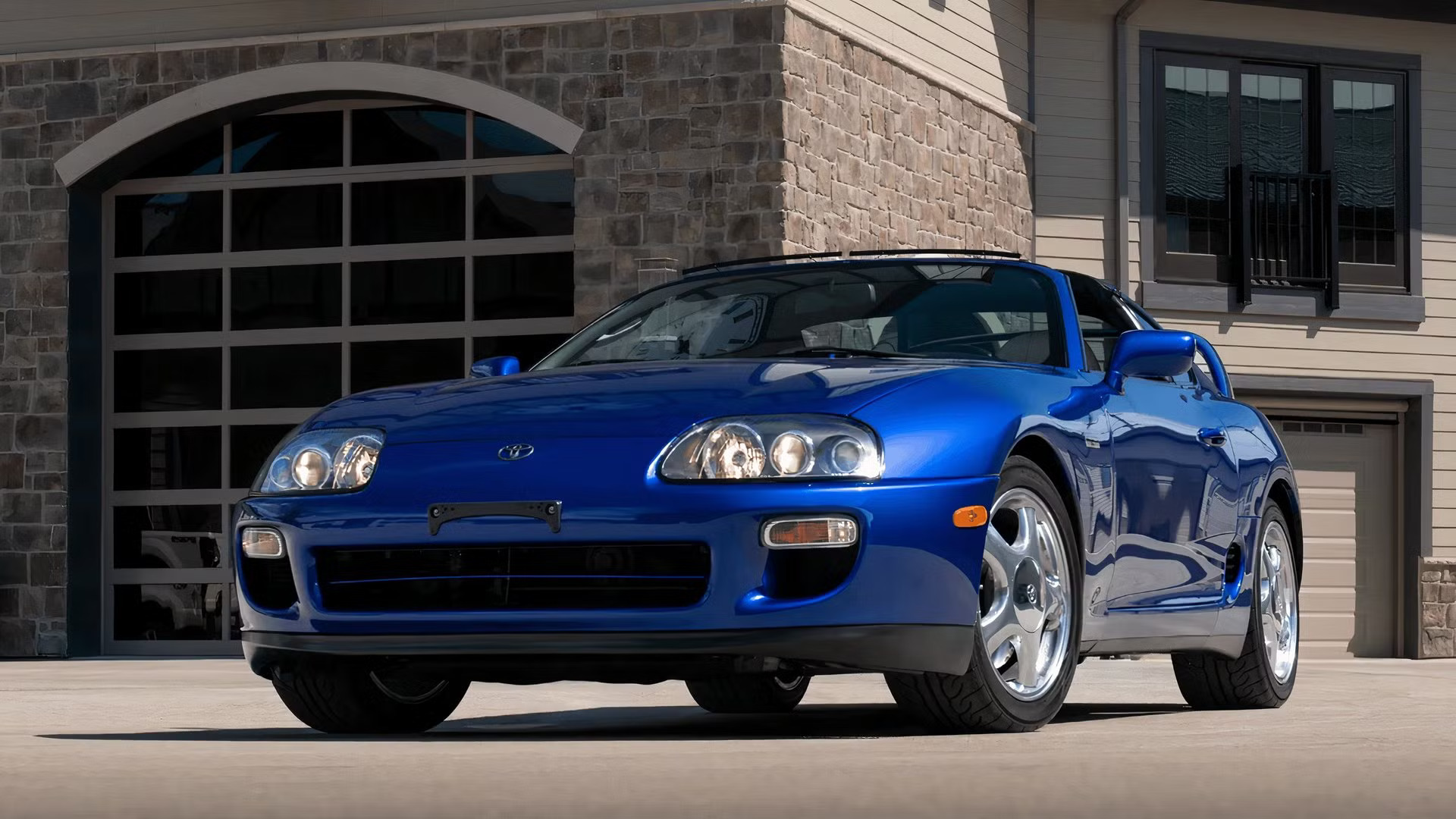
1. Toyota Supra (Mk4)
Few sports cars have enjoyed the kind of meteoric rise in cultural and monetary value as the fourth-generation Toyota Supra. Released in the 1990s during the golden age of Japanese performance cars, the Mk4 Supra was originally praised for its robust engineering but was never truly seen as a collector’s item—until recently.
At its core lies the legendary 2JZ-GTE engine, a 3.0-liter inline-six with twin turbochargers that delivers phenomenal reliability and power potential. Its mechanical strength has turned the Supra into the ultimate tuner’s platform, with enthusiasts regularly pushing power outputs well beyond factory ratings without compromising durability.
Beyond the numbers, the Supra’s rise is a testament to how pop culture can redefine a car’s legacy. The 1995 Toyota Supra became a household name thanks to its starring role in The Fast and The Furious franchise, where it was portrayed as the epitome of street racing excellence.
This cinematic exposure injected a passionate global fanbase and dramatically increased demand. The combination of a sleek, timeless design with a powerhouse engine made the Supra an instant legend.
Unlike many cars that age out of style, the Supra’s aesthetics and engineering prowess remain respected today, symbolizing a bygone era of analog, mechanical excellence before electronic aids became pervasive.
Investing in a clean Mk4 Supra today is like owning a piece of automotive history. Prices have skyrocketed, with rare, low-mileage, and well-preserved examples selling for six figures at auctions.
Collectors and enthusiasts alike covet these cars not only for their potential value growth but also for the visceral experience they provide behind the wheel—something that modern sports cars often fail to deliver. This combination of practical use and investment potential is rare, making the Supra a standout in the collector car market.
The Supra’s story is also one of perseverance. For years, these cars were undervalued and overlooked, leading to abundant availability and affordable pricing.
This period gave enthusiasts a chance to enjoy and modify them, building a strong community and aftermarket ecosystem that further enhanced their desirability. Now, as the Mk4 approaches classic status, its value and reputation continue to climb, proving that some cars truly get better—and more valuable—with age.
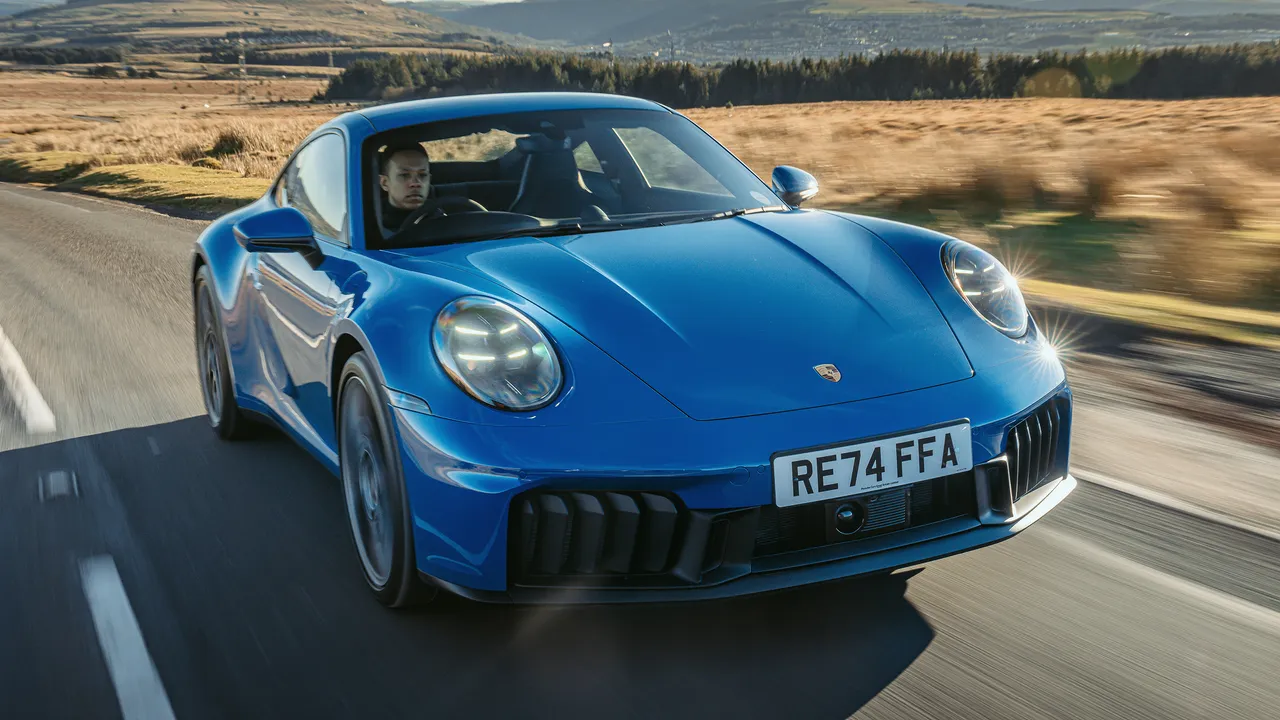
2. Porsche 911 (Air-Cooled Models)
No discussion of cars that age gracefully is complete without mentioning the Porsche 911, specifically the air-cooled variants made from the 1960s through the late 1990s. The air-cooled 911s are the embodiment of Porsche’s motorsport heritage and engineering philosophy.
These models are renowned for their distinctive engine sound, rear-engine layout, and a driving experience that remains pure and unfiltered even decades later. Unlike the water-cooled 911s that followed, the air-cooled engines represent a mechanical simplicity and character that purists cherish, lending an authenticity that’s difficult to replicate with modern vehicles.
From a design perspective, the classic 911’s silhouette is instantly recognizable and has largely remained unchanged for over half a century. This timelessness is not just about looks—it reflects Porsche’s dedication to engineering balance and performance.
The air-cooled 911 models are not only stunning but also incredibly capable on the track and everyday roads alike. Their weight distribution and chassis tuning provide an engaging driving experience that modern, electronically laden cars often lack. This blend of form, function, and emotion has helped the air-cooled 911 transcend mere utility to become an automotive icon.
Collectors prize air-cooled 911s for their rarity and quality craftsmanship. As Porsche shifted to water-cooled engines in 1998, the air-cooled cars immediately took on classic status, causing demand to surge. Well-maintained examples, particularly from the 1970s and 1980s, command premium prices and are frequently snapped up by enthusiasts who appreciate their historical significance and driving purity.
Additionally, the strong enthusiast community and the wealth of aftermarket support make restoring and maintaining these cars feasible, which further supports their appreciation in value.
The 911’s enduring popularity is also fuelled by its motorsport legacy. Many of the air-cooled models were homologation specials or race-bred variants, which makes them particularly collectible.
Owning an air-cooled 911 is like possessing a living piece of automotive history that delivers excitement every time you drive it. This potent combination of heritage, performance, and timeless design ensures the Porsche 911 will only become more desirable as years go by.
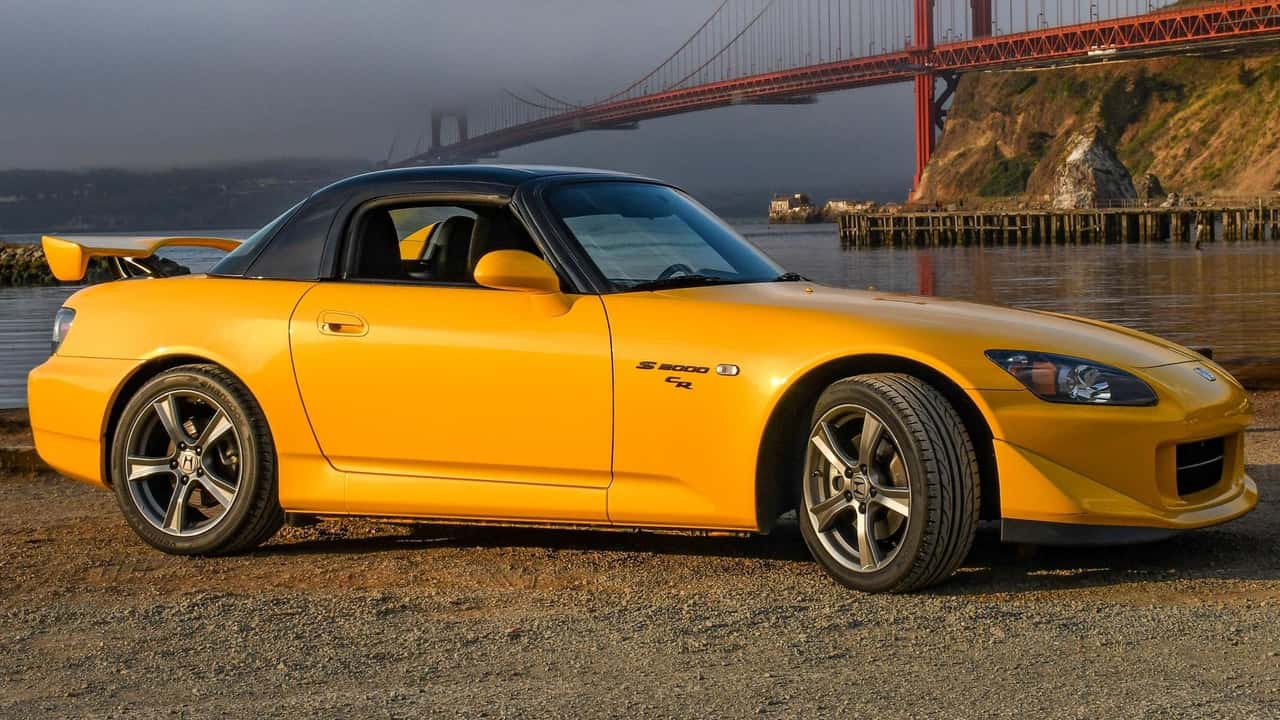
3. Honda S2000
The Honda S2000 arrived in 1999 as a fresh take on the classic roadster formula—simple, lightweight, and focused purely on the driver’s experience. What set it apart immediately was its extraordinary engine, a 2.0-liter four-cylinder VTEC powerhouse that redlined at a staggering 9,000 RPM, delivering exhilarating performance with razor-sharp throttle response.
Unlike many contemporaries, the S2000 was not about raw horsepower but precision, balance, and an engaging driving feel that rewarded skill and passion behind the wheel.
Initially, the S2000 flew under the radar of many mainstream buyers, who favored turbocharged or larger-engine competitors. However, this somewhat quiet launch ultimately became one of the car’s strengths. The S2000 did not fall victim to mass production or oversaturation, preserving its exclusivity.
Over time, enthusiasts recognized the S2000 as one of the last analog sports cars—a pure, mechanical connection between driver and machine, untouched by intrusive electronics or artificial aids. This purity has aged remarkably well in an era increasingly dominated by automation.
The S2000’s combination of reliability and performance means that many examples remain in excellent condition today. Unlike many other sports cars from its era, it was built with Honda’s famed engineering precision, which contributes to its longevity and minimal maintenance headaches. Special editions, like the Club Racer and limited-production color variants, have become especially prized, driving up values in recent years.
Culturally, the S2000 is a modern classic—a symbol of the late-1990s and early-2000s sports car renaissance. It has found a passionate fanbase among purists and tuners alike.
Its relatively low production numbers and increasing demand mean that prices will likely continue to climb, cementing the S2000’s status as a sports car that not only delivers thrilling driving experiences but also appreciates with age.
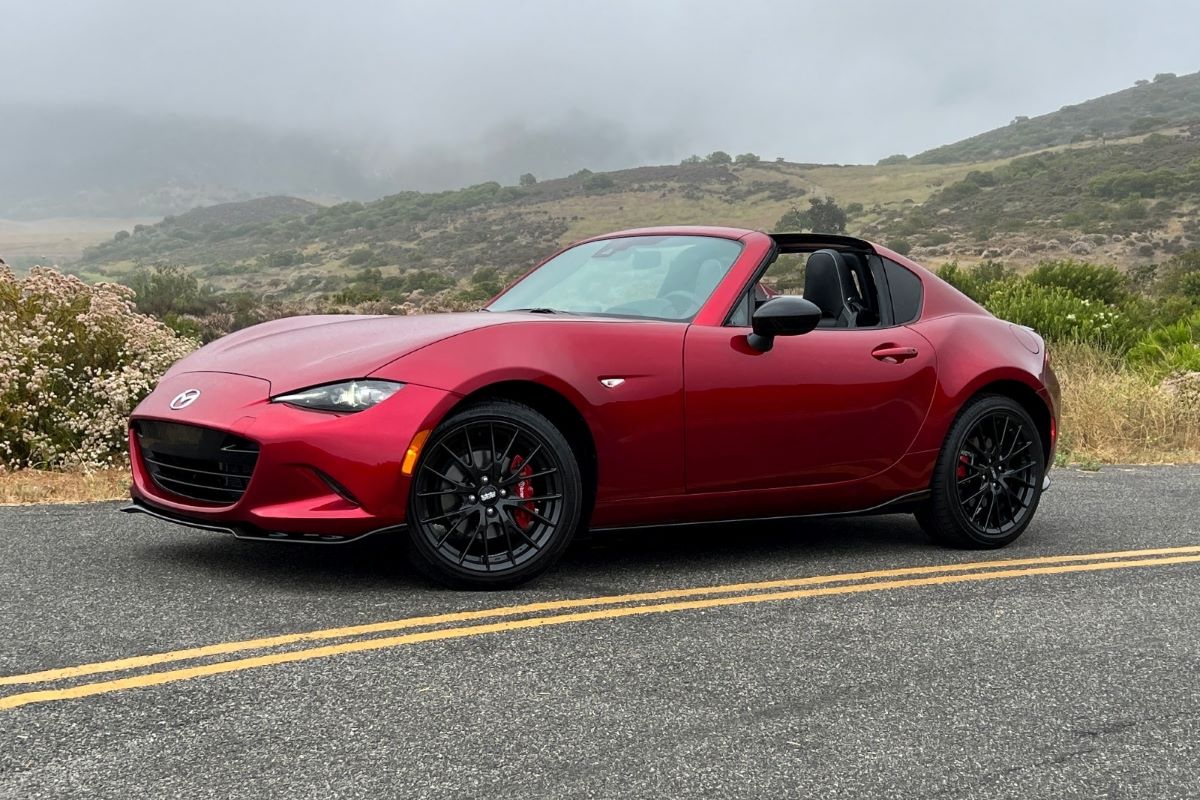
4. Mazda MX-5 Miata (NA and NB Generations)
The Mazda MX-5 Miata is arguably one of the most successful affordable sports cars ever made, and its earliest generations—the NA (1989–1997) and NB (1998–2005)—have aged like the finest wine.
What started as a simple concept—a lightweight, rear-wheel-drive roadster with modest power but excellent handling—quickly became an automotive phenomenon. The Miata’s magic lies in its focus on balance, driver feedback, and sheer fun, rather than chasing raw speed or luxury features.
The NA Miata, with its iconic pop-up headlights and classic roadster proportions, remains a design favorite. It embodies simplicity and honesty, qualities that have become increasingly rare in the automotive world.
The NB generation refined the formula with more power, improved suspension, and updated styling while retaining the same fundamental charm. Together, these generations represent a golden era of analog sports cars before electronics and excess weight complicated the equation.
Part of the Miata’s continued appeal is its bulletproof reliability and widespread availability of parts. This ease of maintenance, coupled with a vast enthusiast community and vibrant aftermarket scene, ensures that these cars remain both practical and fun to own. The Miata’s affordability made it a favorite first sports car for many, but as time passes, collectors have come to appreciate the NA and NB for their purity and potential as classic drivers.
Financially, the early Miatas are enjoying a renaissance. Limited editions and well-maintained examples now command prices that far exceed their original MSRP.
This appreciation reflects the car’s cultural significance and its status as one of the few affordable, reliable, and genuinely enjoyable sports cars ever made. The MX-5 Miata is a shining example of how thoughtful engineering and a pure driving experience can result in a car that only becomes more beloved with age.
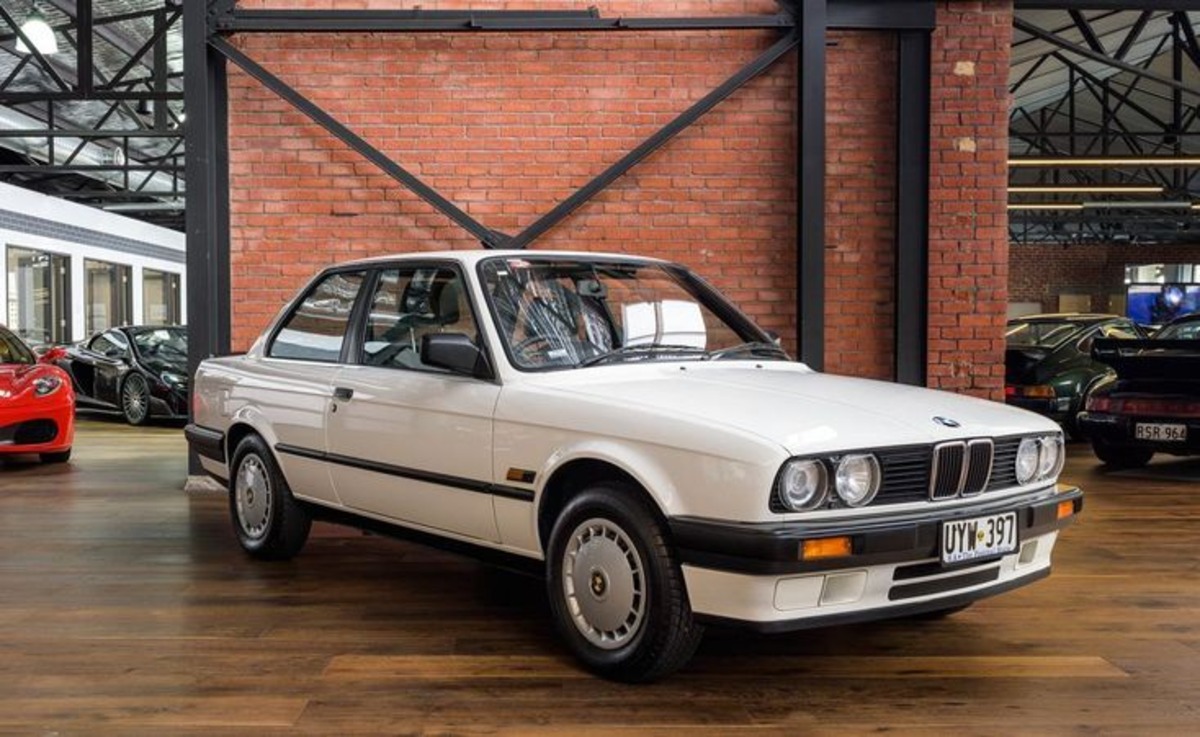
5. BMW E30 3-Series
The BMW E30 3-Series is more than just a car; it’s a legend in the automotive world. Produced from 1982 to 1994, the E30 epitomizes the classic BMW ethos of driver engagement, balanced handling, and restrained elegance. Its reputation for mechanical reliability and enjoyable dynamics has only grown with time, turning many E30s into coveted collector’s items.
The M3 version of the E30 deserves special mention. Originally built as a homologation special for Group A touring car racing, it quickly established itself as one of the greatest performance cars of its era. Featuring a high-revving four-cylinder engine, sharp chassis tuning, and aggressive styling, the E30 M3 has become one of the most sought-after classic sports cars, with prices skyrocketing in recent years.
However, the entire E30 range benefits from the model’s broad appeal. Coupes, sedans, and wagons are all increasingly popular with enthusiasts who seek an affordable entry into classic car ownership. The E30’s mechanical simplicity and analog driving feel contrast sharply with modern BMWs, making it a favorite among purists. Moreover, its size and weight make it suitable for both spirited driving and daily use, adding to its versatility and desirability.
Culturally, the E30 enjoys a renaissance fueled by nostalgia and a renewed appreciation for vintage driving experiences. It’s a car that embodies 1980s and 1990s automotive culture—offering a window into a time when driving was less about technology and more about connection.
Supported by a passionate community and plentiful aftermarket parts, the E30 3-Series, especially the M3, continues to grow in value and respect, proving that some cars truly improve with time.
5 Cars That Are Instant Depreciation
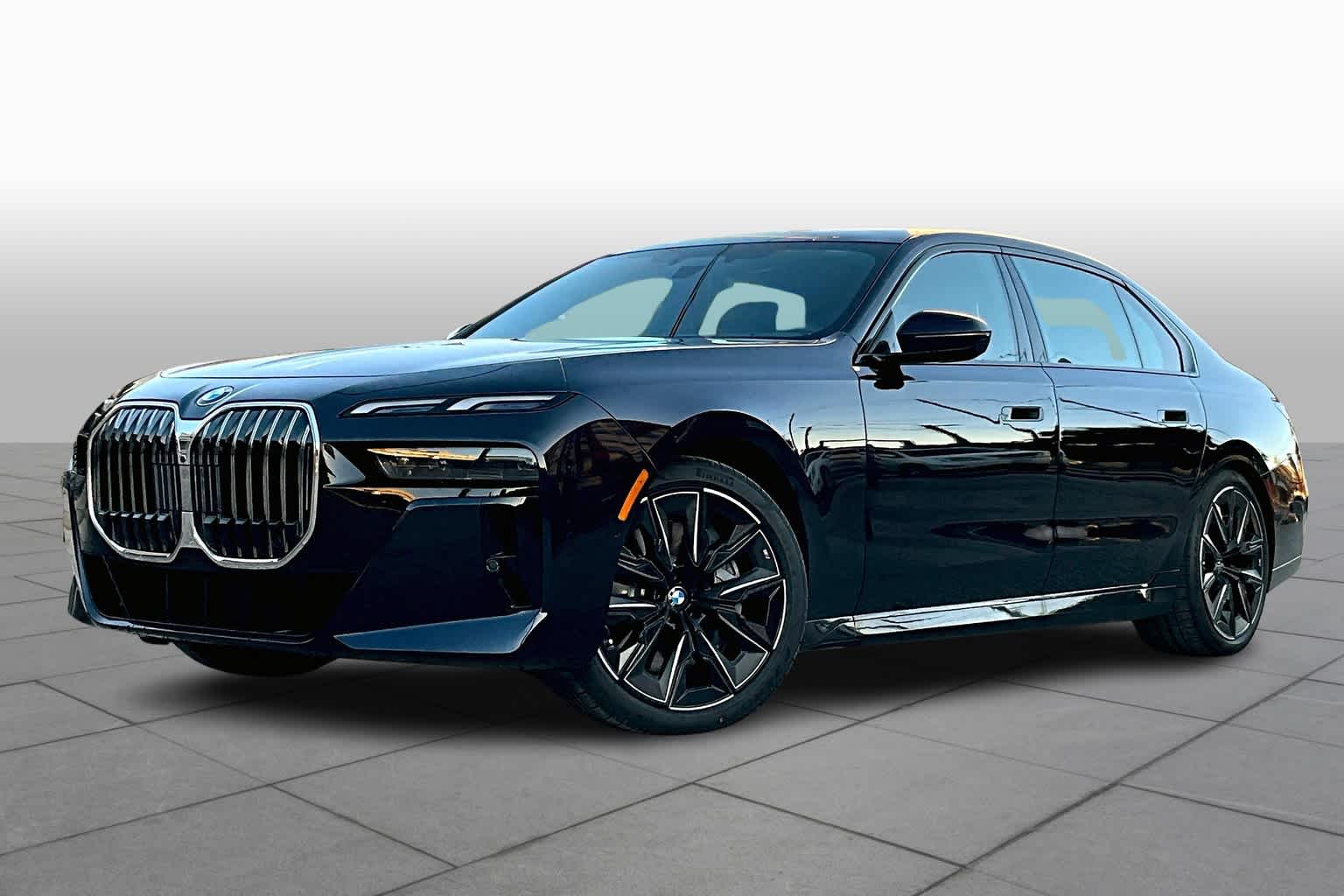
1. BMW 7-Series
The BMW 7-Series has been BMW’s flagship luxury sedan for decades, embodying the pinnacle of German engineering, technology, and luxury. At launch, each generation of the 7-Series is typically packed with state-of-the-art features and the latest tech innovations, which initially wow buyers and justify a high price tag.
However, despite all this glamour and performance, the 7-Series is notorious for one of the steepest depreciation curves among luxury sedans. It is not uncommon for a new 7-Series to lose 50% or more of its original value in just the first three years—a brutal hit for any car owner, luxury or otherwise.
This steep value loss often discourages buyers looking for a long-term investment or solid resale value. One of the primary reasons behind this rapid depreciation is the overwhelming complexity of the vehicle’s technology.
BMW loads the 7-Series with cutting-edge infotainment systems, advanced safety features, adaptive suspensions, and intricate electronic controls. While these gadgets and systems provide a compelling driving experience when new, they also add layers of potential failure points as the car ages.
Luxury car buyers often expect reliability and longevity to accompany their high-end purchases, but the 7-Series’ dense electronics can become a maintenance nightmare after warranty expiration. Expensive repairs and updates to these sophisticated systems scare many used car buyers away, reducing demand and crushing resale values.
Another critical factor contributing to the 7-Series’ rapid depreciation is the market’s saturation and the changing tastes of luxury consumers. BMW produces a significant number of 7-Series sedans globally, which floods the used car market and diminishes scarcity—a key driver for maintaining strong resale values.
Furthermore, consumer preferences have shifted dramatically over the past decade, with luxury SUVs and crossovers dominating sales. The traditional flagship sedan segment has declined substantially, leaving the 7-Series less desirable among used buyers. This market trend compounds depreciation because fewer people want large sedans, no matter how luxurious.
The 7-Series’ depreciation woes are further exacerbated by the rapid advancement of technology within the model line itself. Newer 7-Series generations frequently introduce innovative features that quickly render previous models obsolete in comparison.
Buyers looking for the latest tech and safety systems often prefer the newest model, leaving older versions outdated. This quick obsolescence accelerates depreciation and undermines the car’s value retention.
Despite its prestigious badge and luxury pedigree, the BMW 7-Series stands as a prime example of how cutting-edge tech and changing market dynamics can combine to produce swift, brutal depreciation.
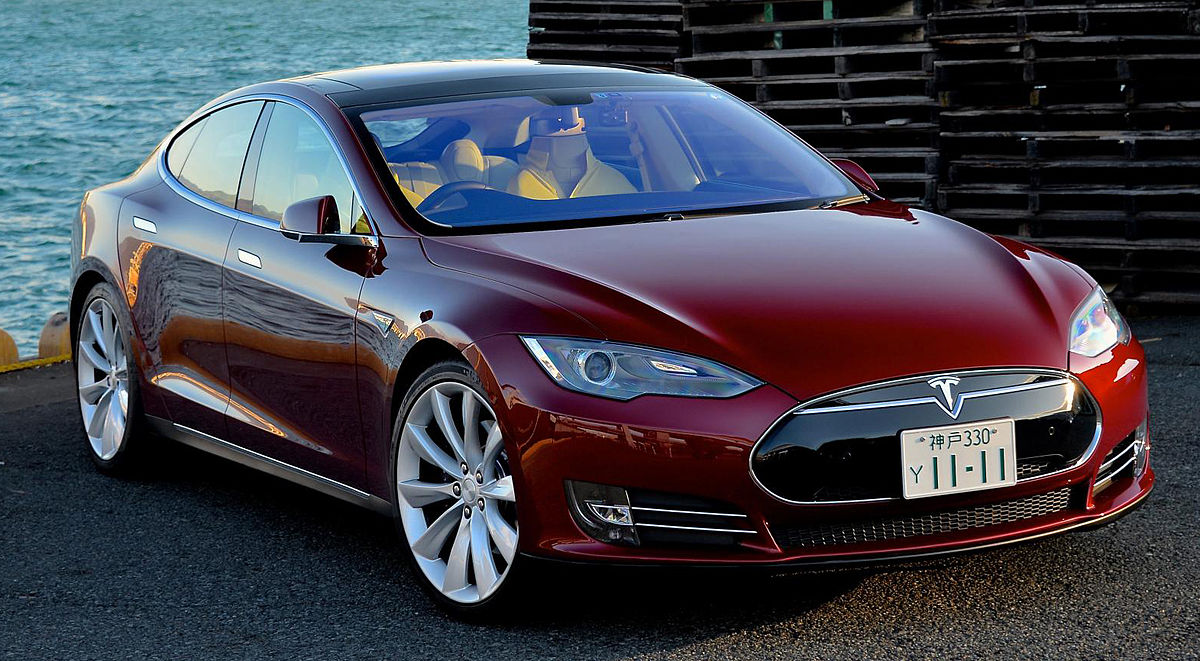
2. Tesla Model S (Early Models)
When Tesla launched the Model S in 2012, it was heralded as a revolutionary step forward in electric vehicle technology, offering unprecedented range, performance, and luxury. The car was a symbol of innovation and disruption in the automotive industry, and it garnered tremendous enthusiasm from early adopters.
However, as exciting as the Model S was at its debut, early versions of the vehicle have experienced some of the fastest depreciation rates in the luxury EV market. This steep drop in value is largely driven by rapid technological advances, battery degradation concerns, and evolving consumer expectations.
Unlike traditional internal combustion engine vehicles, electric cars like the Model S face unique challenges related to technology obsolescence. Tesla is continuously improving battery chemistry, software features, and drivetrain efficiency, which means each new Model S generation significantly outperforms the last in terms of range, charging speed, and driving experience.
As a result, earlier Model S vehicles quickly appear outdated in comparison, losing their “cutting-edge” status far faster than combustion cars lose value. Potential buyers are hesitant to pay premium prices for outdated tech, which drags down resale prices for early models.
Battery health also looms large over the depreciation issue. Lithium-ion batteries naturally degrade over time, which reduces the driving range and performance of older EVs. While Tesla’s battery packs are designed to last, they do not last forever, and the cost of replacement or repair can be prohibitive, often running into thousands of dollars.
This looming potential expense makes many buyers wary of used early Model S cars. Furthermore, uncertainty about battery warranty transferability and future battery technologies adds to depreciation pressure. The perceived risk associated with battery life is a significant factor discouraging used car buyers, causing values to plummet.
Additionally, early Model S production faced quality control issues, including inconsistent panel gaps, interior trim problems, and software glitches, which have since improved in newer models. These early build quality shortcomings mean older Teslas often feel less refined and less “premium” than more recent versions.
The rapid improvements Tesla has made over the years make early cars feel obsolete, further accelerating depreciation. Though Tesla remains a brand with a strong fanbase, the combination of fast technological evolution, battery degradation, and early quality issues ensures the early Model S models continue to suffer from steep and rapid depreciation.
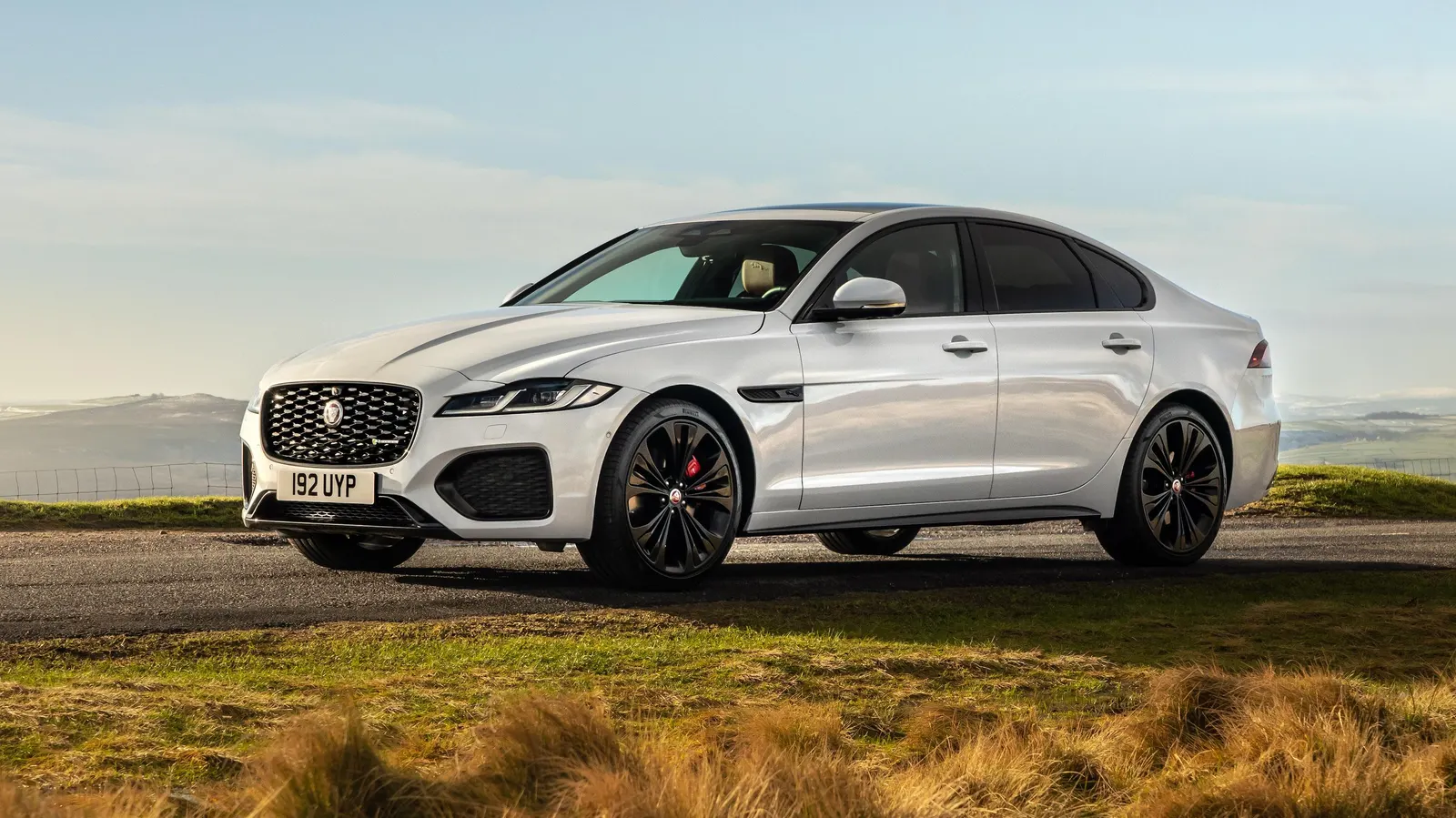
3. Jaguar XF
The Jaguar XF was introduced as a mid-size executive sedan aimed at recapturing Jaguar’s position in the competitive luxury sedan market. Despite its striking British design and strong heritage, the XF quickly developed a reputation for rapid depreciation and poor value retention. Owners and industry experts have noted that within just a few years of purchase, Jaguars XF models can lose upwards of 60% of their original price, which is extreme even among luxury sedans.
One of the key factors driving this steep depreciation is the XF’s spotty reliability record. Jaguar, as a brand, has struggled historically with issues related to build quality and long-term durability. The XF, in particular, has been plagued by frequent electrical faults, suspension failures, and complicated repair needs that can be costly and time-consuming.
These reliability problems severely damage buyer confidence in the brand and the model, making used buyers hesitant to pay premium prices for a car that may require expensive maintenance and repairs.
Jaguar’s smaller market presence compared to German luxury rivals also limits demand for the XF in the used car market. While BMW, Audi, and Mercedes-Benz dominate the luxury sedan segment with large, well-established customer bases and extensive dealer support networks, Jaguar’s niche status means fewer potential buyers for secondhand XF models.
This scarcity of demand leads to a surplus of unsold used Jaguars, driving prices down and accelerating depreciation. The XF lacks the brand cachet and widespread appeal necessary to maintain strong resale values.
The broader shift in consumer preferences away from sedans and toward SUVs has also hit the Jaguar XF hard. Despite Jaguar’s efforts to revitalize its lineup with SUVs like the F-Pace and E-Pace, the XF remains a traditional sedan in a shrinking market segment.
The decreasing desirability of executive sedans further depresses demand for the XF, particularly in markets like the U.S., where buyers now overwhelmingly prefer SUVs. This market dynamic creates a perfect storm, resulting in one of the most rapid depreciation rates seen in luxury vehicles.
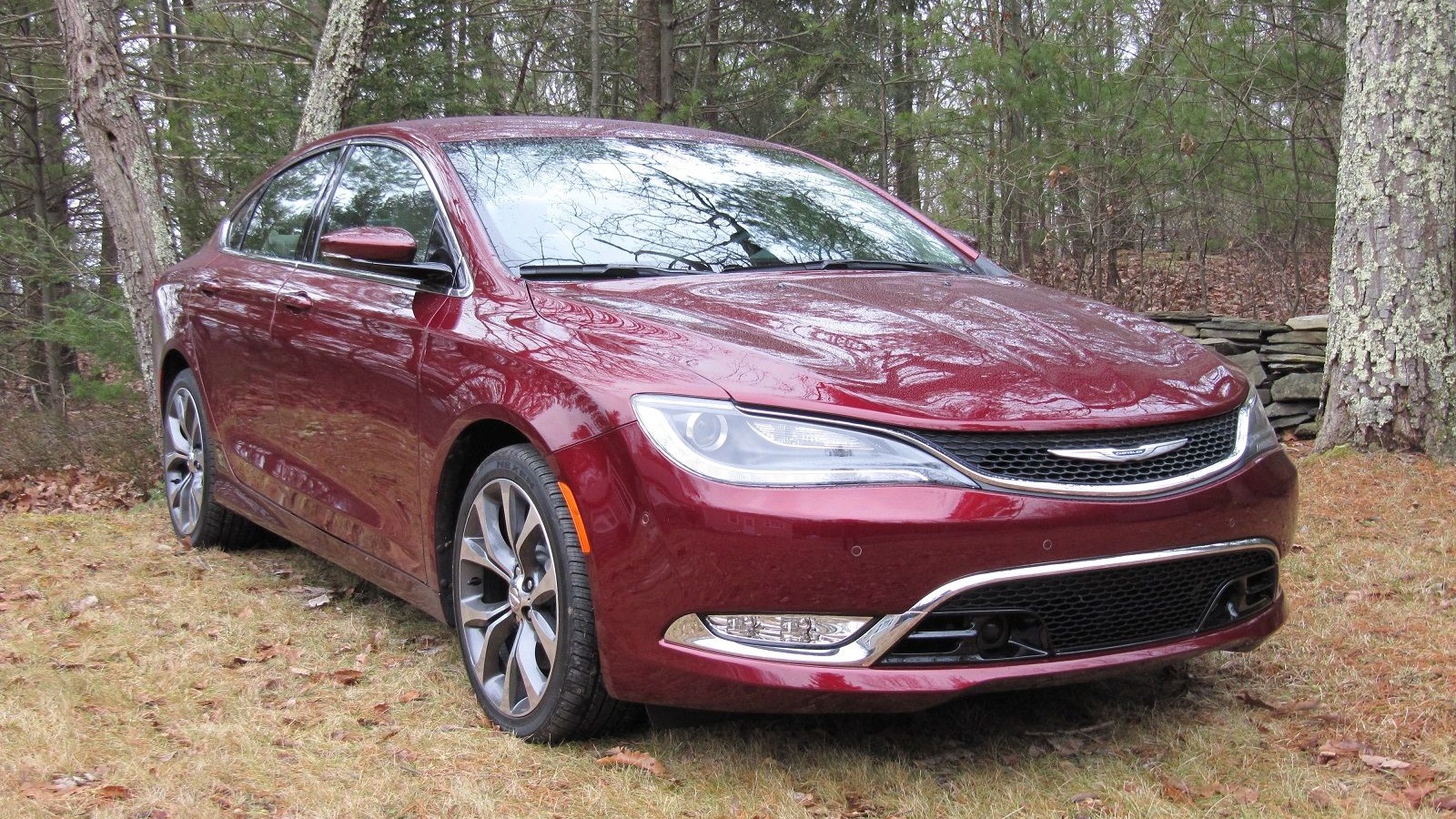
4. Chrysler 200
The Chrysler 200 entered the mid-size sedan market with high hopes in 2011, positioned as a modern, stylish alternative to stalwarts like the Toyota Camry, Honda Accord, and Ford Fusion. However, the Chrysler 200 quickly earned a notorious reputation for poor resale values and accelerated depreciation, making it a cautionary tale for buyers looking for a car with lasting value. Despite occasional styling refreshes and updates, the 200 was never able to shake its depreciative trajectory.
A major factor in the Chrysler 200’s rapid depreciation is its underwhelming build quality and mechanical reliability. Early models, in particular, were beset by transmission problems, engine issues, and general mechanical unreliability that harmed the car’s reputation.
Even as Chrysler worked to improve the 200 in subsequent model years, many buyers remained wary of the brand due to a history of inconsistent quality. This reputation is critical in a segment where buyers prioritize reliability and low cost of ownership, and where competitors like Toyota and Honda have built decades of trust.
Brand perception also weighs heavily against the Chrysler 200. While Chrysler once commanded significant market presence, by the 2010s, the brand was struggling with inconsistent product quality and an unclear market position. The 200 was often seen as a car without clear advantages or unique selling points. It failed to excite buyers either through performance, technology, or prestige. This perception pushed many buyers to look elsewhere, especially toward more established and reliable rivals with stronger resale values.
Finally, the mid-size sedan segment itself is fiercely competitive and is shrinking due to the increasing popularity of SUVs and crossovers. This market shift has made it harder for the Chrysler 200 to maintain relevance and demand.
With so many choices in the segment, buyers increasingly chose vehicles with better reputations, higher reliability, and stronger resale value. The Chrysler 200’s inability to compete effectively in these key areas meant that it faced steep depreciation and shrinking appeal almost from the outset.
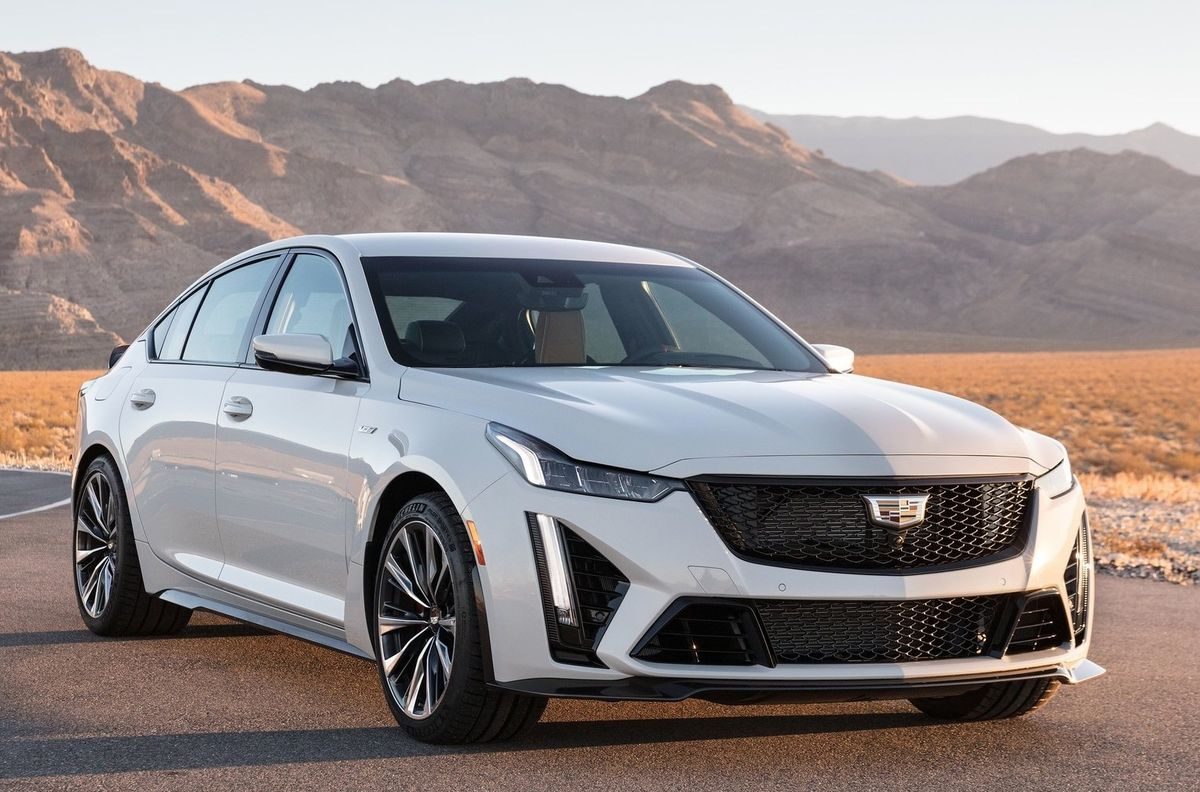
5. Cadillac CTS (First Generation)
When Cadillac unveiled the CTS in the early 2000s, it represented a bold move toward modernity for the brand. The CTS was Cadillac’s attempt to attract younger buyers and compete directly with European sport sedans like the BMW 3-Series and Mercedes-Benz C-Class. Despite its sharp looks, strong engine lineup, and aggressive marketing, the first-generation CTS became infamous for its rapid depreciation, dropping as much as 60% of its value within a few years of purchase.
One of the main contributors to the CTS’s fast depreciation was its questionable reliability. Early CTS models often suffered from electrical malfunctions, transmission issues, and premature interior wear. These problems hurt Cadillac’s reputation at a time when the brand was trying to shed its image as a maker of outdated, bulky luxury cars. Buyers who prioritized reliability and build quality preferred competitors with proven track records, leaving the CTS struggling to command strong resale prices.
Cadillac’s brand image also played a significant role in the CTS’s depreciation. Despite the company’s efforts to modernize, Cadillac still carried the stigma of being a marque for older, more conservative buyers.
The CTS aimed to break this mold, but many younger buyers remained skeptical of Cadillac’s ability to deliver the refinement and driving dynamics offered by its European rivals. This lingering brand perception limited the CTS’s appeal in the used market, especially among those who typically drive luxury sport sedans.
Moreover, the CTS faced fierce competition from well-established rivals. BMW and Mercedes-Benz dominated the segment with cars that offered superior driving dynamics, build quality, and prestige. Audi, Lexus, and Infiniti also carved out significant market shares with competitive models.
This intense competition meant that the CTS had to fight for buyers in a crowded marketplace, but its reliability issues and brand perception left it at a disadvantage. As a result, many CTSs depreciated rapidly, as buyers opted for competitors perceived as safer investments.
Also Read: 5 Cars That Don’t Need Timing Belt Changes and 5 That Constantly Break
Depreciation remains one of the most critical yet often misunderstood aspects of car ownership. This article has explored two ends of the spectrum: vehicles that defy the typical depreciation curve and actually improve in value or desirability with age, and those that lose value at an alarming rate almost immediately.
The journey through these examples sheds light on how a combination of engineering quality, brand perception, technological relevance, and market trends influence the complex economics of car value over time.
Cars that get better with age teach us valuable lessons about the enduring power of good design and craftsmanship. These vehicles often come from brands or segments with a rich heritage, producing models that resonate emotionally with drivers and collectors alike.
Timeless styling, robust mechanical simplicity, and a devoted enthusiast community create a self-sustaining cycle that supports long-term desirability and value retention. For example, classic muscle cars or iconic off-roaders not only offer thrilling driving experiences but also symbolize eras, cultures, and lifestyles that keep their appeal alive. Similarly, certain luxury cars with legendary reliability or unique characteristics can transcend their initial depreciation hurdles to become modern classics.
On the other hand, cars that are instant depreciation machines underscore the risks involved in automotive purchases without careful consideration. Vehicles burdened by technological obsolescence, build quality issues, or declining brand relevance tend to face rapid value erosion.
The examples discussed—such as tech-heavy luxury sedans overwhelmed by complexity or electric vehicles whose early battery technology is outpaced by newer models—highlight how quickly market preferences and engineering realities can render a car less desirable. Buyers who neglect these factors often find themselves underwater financially, facing large losses even if they cared deeply for the car initially.
The shifting landscape of consumer preferences also plays an undeniable role in shaping depreciation. The rise of SUVs and crossovers has led to shrinking markets for traditional sedans, regardless of brand or quality, depressing values in these segments.
Meanwhile, rapid advances in vehicle technology—especially in electrification, connectivity, and safety—have created a new challenge: cars that don’t keep pace with innovation quickly lose market relevance. This dynamic is a double-edged sword, driving progress but complicating ownership for those who want a car to last and hold value.
For prospective buyers, this knowledge offers practical guidance. Prioritizing vehicles with proven reliability, strong brand reputations, and timeless appeal can significantly mitigate depreciation losses. Enthusiast-supported models with a history of holding or gaining value provide safer bets for long-term ownership or investment. Conversely, understanding the pitfalls of certain cars—be it from complexity, poor build quality, or shifting consumer trends—can help buyers avoid costly mistakes.
For sellers and current owners, recognizing the depreciation trajectory of their vehicles can inform decisions on when to sell or how to maintain their cars to preserve value. For enthusiasts, these insights deepen appreciation for cars that transcend mere transportation to become valued assets.
In the end, depreciation is not just about numbers; it’s about understanding what makes a car resonate over time. Cars that improve with age offer stories, passion, and lasting enjoyment, while those that depreciate rapidly remind us of the challenges in balancing innovation, reliability, and market demands.
By grasping these dynamics, anyone entering the automotive market can navigate it more wisely—choosing vehicles that either age gracefully or at least avoiding those that don’t, ensuring a more rewarding ownership experience both emotionally and financially.
